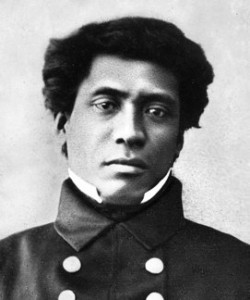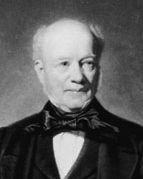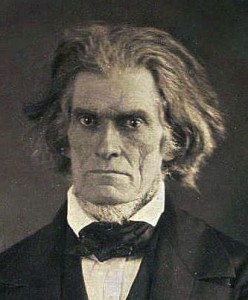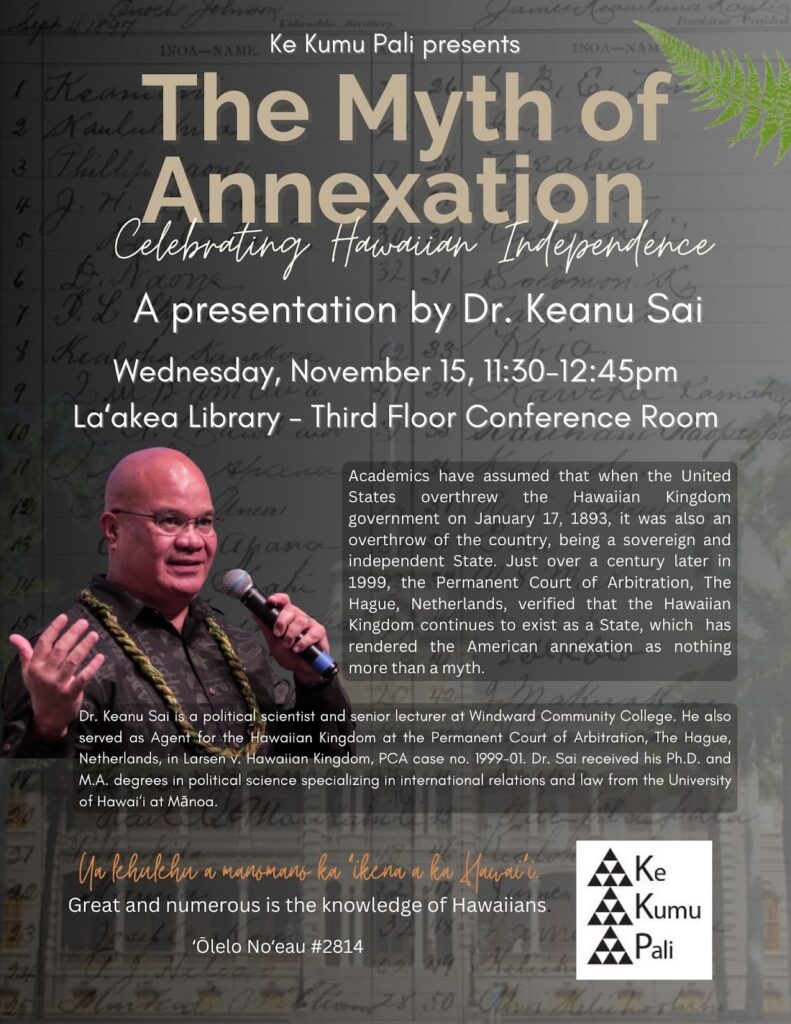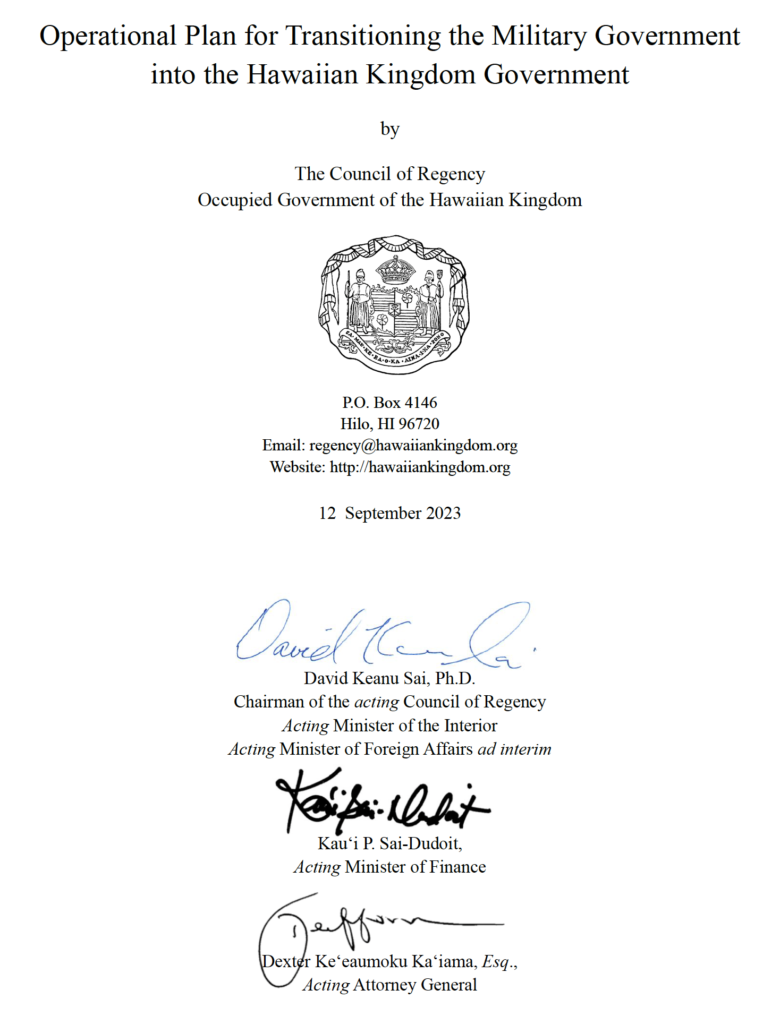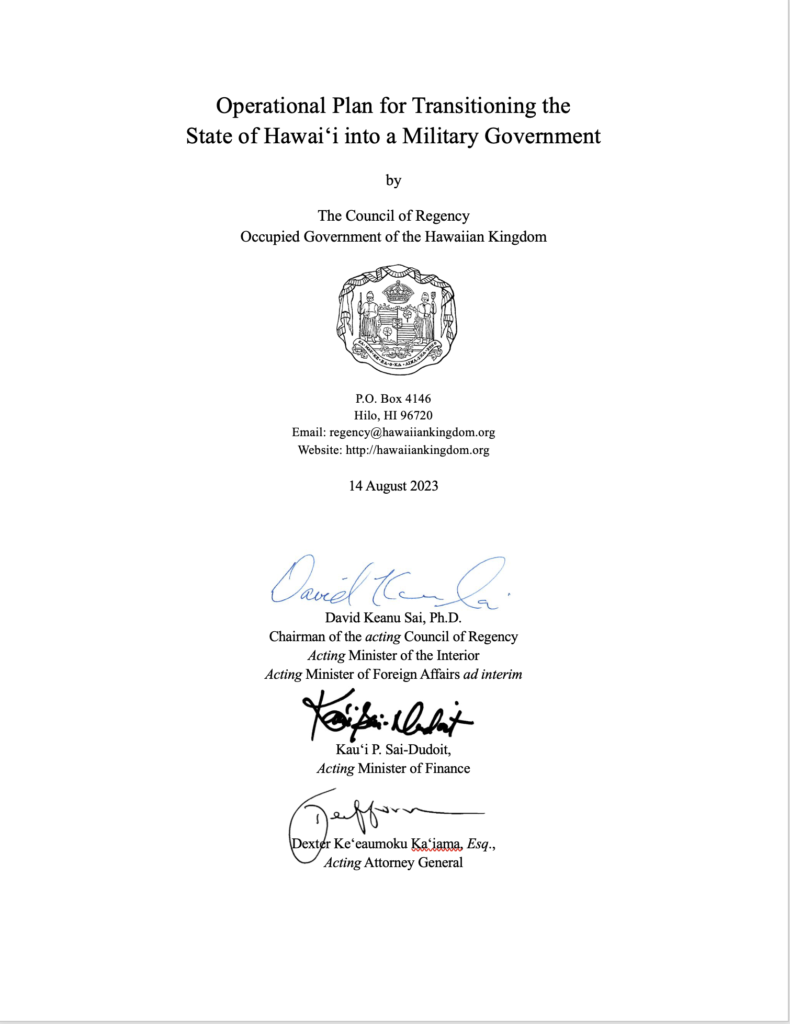There are two laws that distinguish themselves from each other. There are “national” laws that are established within countries called States, and there are “international” laws that are established by the States themselves. Sources of national laws include the constitution, whether written or unwritten, statutes enacted by the legislature, and decisions by the highest court if the country is a common law system, e.g. United States and the Hawaiian Kingdom. Civil law countries like Italy and Germany do not have judge made laws. An indicator of whether the country is common law is if they have jury trials.
Every State is geo-political, which means that each State has their own geographical location and unique political experience that contribute to the function of their government, whether autocratic or democratic. And foreign influences and interests is what drives government reform and survival. In this regard, no two countries are alike.
Current international law has its roots in the Middle Ages of Europe. At the time, the Holy Roman Empire had great influence over the kings and dukes called Cannon Law. However, commercial, and maritime law was developing as well. In England the Law Merchant was established that covered rules governing foreign trade, which England, because of its naval power, declared was universal. This resulted in mercantile courts being established in trading ports throughout Europe to resolve disputes between traders of goods. According to Professor Malcolm Shaw,
Such rules, growing out of the Middle Ages, constituted the seeds of international law, but before they could flourish, European thought had first to be developed by that intellectual explosion known as the Renaissance. This complex of ideas changed the face of European society and ushered in the modern era of scientific, humanistic and individualistic thought.
The eventual fall of the supremacy of the Holy Roman Empire in 1648 gave rise to the States headed by kings and dukes. With a history of interaction between themselves that grew into custom prior to the fall, the interactions escalated with the introduction of the concept of sovereignty and centralized control of government of the State by another concept called the Leviathan, especially in the States of England, France and Spain. The concept of Leviathan was espoused by Thomas Hobbs in 1651 that advocated for a centralized monarchical form of government. With the printing press invented in the fifteenth century, this Hobbsian theory reached the ruling classes across Europe, who at the time were the only ones that could read.
With the rise of States and their interaction with each other, custom became the foundation of international law, which was supplemented with treaties. Eventually, principles of law that prevailed in the different States became norms or rules of international law that was universally accepted. When the Kingdom of Hawai‘i became a British Protectorate in 1794, the Hawaiian Kingdom in the nineteenth century was very much influenced by British forms of governance and the development of international law.
As a result of the positivist movement within States, which was a movement based on a scientific approach in thought rather than on faith, the movement eventually moved into the political and legal realms of governance called legal positivism. This movement eventually created the basis for a departure from the natural law of kings and dukes that relied on cannon law and moral thought, to a legal system that is based on existing and verifiable laws established by the legislature or the judges in a common law system. It establishes logic, consistency, and measurability like the methods of science and mathematics. Most importantly, legal positivism promotes predictability. In the courts of a common law country, this is called stare decisis, which is decision making by precedent set in previous court decisions.
Legal positivism eventually advocated the rule of law and not the politics of power, which drove many countries in Europe in the mid-nineteenth century into constitutional forms of governance and the recognition of civil and political rights. The French Revolution was an extension of this movement against absolute rule by a King. The Hawaiian Kingdom was riding this wave of government reform as it spread throughout Europe, and it successfully evolved from absolute rule to a constitutional form of governance with democratic principles without suffering the pains of revolution by the people like the case of France.
Positivism eventually would reach the international realm and be the driving force in reforming international law. Since constitutionalism separated government from the person of the king, which means the king was no longer the supreme absolute ruler but now a constitutional head of government, there would now be a separation of the government from the State.
In the sixteenth century, French jurist and political philosopher Jean Bodin stressed the importance that “a clear distinction be made between the form of the state, and the form of the government, which is merely the machinery of policing the state.” Nineteenth century political philosopher Frank Hoffman also emphasizes that a government “is not a State any more than a man’s words are the man himself,” but “is simply an expression of the State, an agent for putting into execution the will of the State.” Professor Quincy Wright, a twentieth century American political scientist, also concludes that, “international law distinguishes between a government and the state it governs.” Therefore, a State would continue to exist despite its government being overthrown by military force by another State’s armed forces.
As a result, customary international law would begin to be codified into treaty law. One particular aspect of customary international law was to bring order into the chaos of war, which was recognized as a means of enforcement of international law. Codification of the international laws of war began at the Brussels Conference in 1874 where the representatives of powerful and weak States advocated the formulation of the laws of war through multilateral treaties. While the first multilateral treaties that codified the laws of war were not done until 1899 called the Hague Conventions, rules of war eventually became accepted by States as customary international law, and they were recognized by States when they were at war since the mid-nineteenth century.
When a State’s territory is “effectively” occupied, customary international law obligates the occupying State to administer the laws of the occupied State. This is reflected in Articles 2 and 3 of the 1874 Brussels Declaration where, “[the occupying State] shall take all the measures in his power to restore and ensure, as far as possible, public order and safety [and] shall maintain the laws which were in force in the country in peacetime, and shall not modify, suspend or replace them unless necessary.” Although the Declaration failed to be signed off by the European States and become codified, it did have scholarly approval. The Institut de droit international (IDI) in 1875 declared:
[A]lthough there was room for improvement, the new rules on occupation as suggested by the 1874 Brussels Declaration were essentially more favorable to peaceful citizens and public and private ownership in occupied territories than what had been provided by practice thus far and by the teaching of most scholars. The IDI subsequently adopted the same rules in its Oxford Manual on Land Warfare (1880).
Eventually codification occurred in 1899. Article 43 of the 1899 Hague Regulations states, “The authority of the legitimate power having actually passed into the hands of the occupant, the latter shall take all steps in his power to re-establish and insure, as far as possible, public order and safety, while respecting, unless absolutely prevented, the laws in force in the country.” According to Professor Eyal Benvenisti:
The law of occupation as ultimately expressed in the 1899 Hague Regulations imposes two types of obligations on an army that seizes control of enemy land during war: the obligation to protect the life and property of the inhabitants and the obligation to respect the sovereign rights of the ousted government.
The “text of Article 43, according to Professor Benvenisti, “was accepted by scholars as mere reiteration of the older law.” Professor Doris Graber states that “nothing distinguishes the writing of the period following the 1899 Hague code from the writing prior to that code. And according to Professor Georg Schwarzenberger, “the Hague Regulations…was declaratory of international customary law.” The United States government also recognizes that Article 43 is customary international law that predates the Hague Regulations. In a 1943 legal opinion, the United States stated:
The Hague Convention clearly enunciated the principle that the laws applicable in an occupied territory remain in effect during the occupation, subject to change by the military authorities within the limits of the Convention. Article 43: … This declaration of the Hague Convention amounts only to a reaffirmation of the recognized international law prior to that time.
The administration of occupied territory is set forth in the Hague Regulations, being Section III of the Hague Regulations. The 1899 Hague Regulations was superseded by the 1907 Hague Regulations. Also, consistent with what was generally considered the international law of occupation, in force at the time of the Spanish-American War that predates the codification, the “military governments established in the territories occupied by the armies of the United States were instructed to apply, as far as possible, the local laws and to utilize, as far as seemed wise, the services of the local Spanish officials.”
Commenting on the occupation of the Hawaiian Kingdom, Professor Patrick Dumberry states:
[T]he 1907 Hague Convention protects the international personality of the occupied State, even in the absence of effectiveness. Furthermore, the legal order of the occupied State remains intact, although its effectiveness is greatly diminished by the fact of occupation. As such, Article 43 of the 1907 Hague Convention IV provides for the co-existence of two distinct legal orders, that of the occupier and the occupied.
Stark parallels can be drawn between what the United States did to the Hawaiian Kingdom and what Iraq did to Kuwait in 1990, commonly referred to as the First Gulf War. Just as Iraq, without justification, invaded Kuwait and overthrew the Kuwaiti government August 2, 1990, the United States did the same to the Hawaiian Kingdom and its territory. Where Kuwait was under a belligerent occupation by Iraq for 7.5 months, the Hawaiian Kingdom has been under a belligerent occupation by the United States for 131 years.
Hiding the occupation does not legalize it under international law. The international law of occupation has and continues to apply in the prolonged American occupation of the Hawaiian Kingdom. Hawaiian national consciousness is regained through education and knowing its legal and political history.

